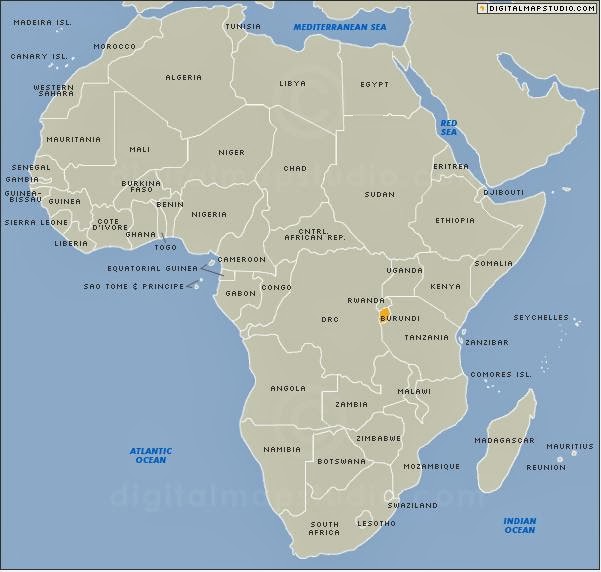A Burundian Meal
Just a few days ago I was
in a small central African country known the Republic of Burundi…
OK, not literally! I was
transported there through a delicious Burundian meal.
A few months ago, an
Indian lady from Burundi came to the Studio, keen to take up some of the
courses we were offering. Her passion for cooking, bubbly spirit and amusing
stories soon led her to become good friends with her course mates and the
entire APB team.
Curious about the tiny,
little-heard-of country she’d migrated to several years ago, everyone asked her
eagerly about the food of Burundi.
And in response to this,
she decided that before she went home from Mumbai she would cook us a Burundian
meal!
Burundi is a really tiny,
poor, landlocked country in the southeastern region of Africa, with limited variety
of vegetables and food crops. The staple foods of the country are Mogo tuber,
Maragi, and corn.
Our meal began with light
golden Mogo fritters. Mogo, aka Cassava, is a tuber similar to sweet potato,
but not as sweet. Sticks of Mogo were simply deep fried, and sprinkled with
salt, chili powder and limejuice. They were slightly crisp on the outside and
had tender crumbly layers inside. So delicious by themselves that we were
eating them straight out of the fryer!
Traditionally, Mogo is ground into flour and cooked into a porridge
similar to Polenta or the Gujarati Khichu,
but like some of the day’s other offerings, our chef served us her own modified
versions of the traditional Burundian foods.
For the main course we had Maragi curry, and corn on the cob in a
coconut milk gravy.
Maragi is a red bean very close to the Indian rajma. The curry made from it too, is quite similar to our rajma curry, with a fried onion and
tomato base, and spiced with chili. However, here, the spice-inducing weapon of
choice is paste of the fiery Pili pili chili (aka Piri piri in South Africa).
Just two teaspoons was enough to spice up the large pot-full to feed 10!
In Burundi the primary cooking fat is a crude palm oil. When our cook
had previously described this oil to us I hadn’t fathomed just how brightly
vermillion it was! It was used in the Maragi curry, and it dyed all the onions
a magnificent amber!
Apart from its hue, this oil also had a very notable, somewhat earthy
flavour (the flavour of coconut oil is the closest thing I could compare it to,
but that still doesn’t quite capture it) that is quite enjoyable. And luckily
so, because even with all the tomatoes, chili and maragi beans in the curry,
this flavour beamed through in the final dish! I’d say it was this one flavour
that differentiated the Maragi curry from rajma
curry.
Traditionally this maragi gravy is eaten with morsels of the mogo
porridge, but it was served to us with steamed rice. (I think this reflected
the confluence of Burundian and Indian culture in our chef.)
The second curry we were served was corn on the cob in ground peanut
and coconut milk gravy. Here too, the coconut milk was an Indian touch, as
coconuts are not easily available in landlocked Burundi. Nonetheless, it was an
indulgently creamy curry, with dimensions of sweetness and tang from some
sautéed onions and tomatoes. Although it was very heavy, it was difficult to
stop eating, and I must have taken two or three helpings, each time telling myself,
“just a liiiiittle more…”
It was a delicious meal, and its safe to say my tummy was ready to explode from overeating!







You have made me hungry! :P You write so well :D You must visit me soon so I cam make you make me stuff :P
ReplyDeleteHahah, thanks Diksha didi! :) Yeah, I'd love to! :D
Delete